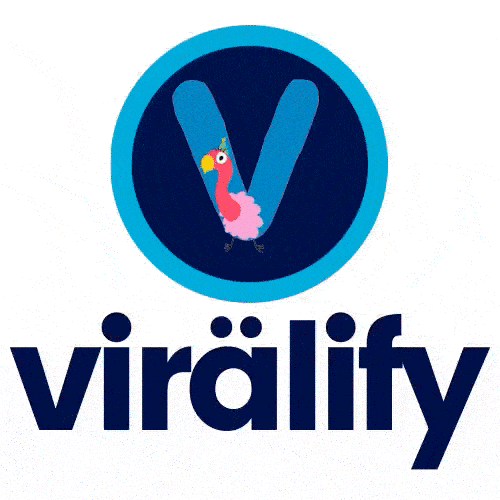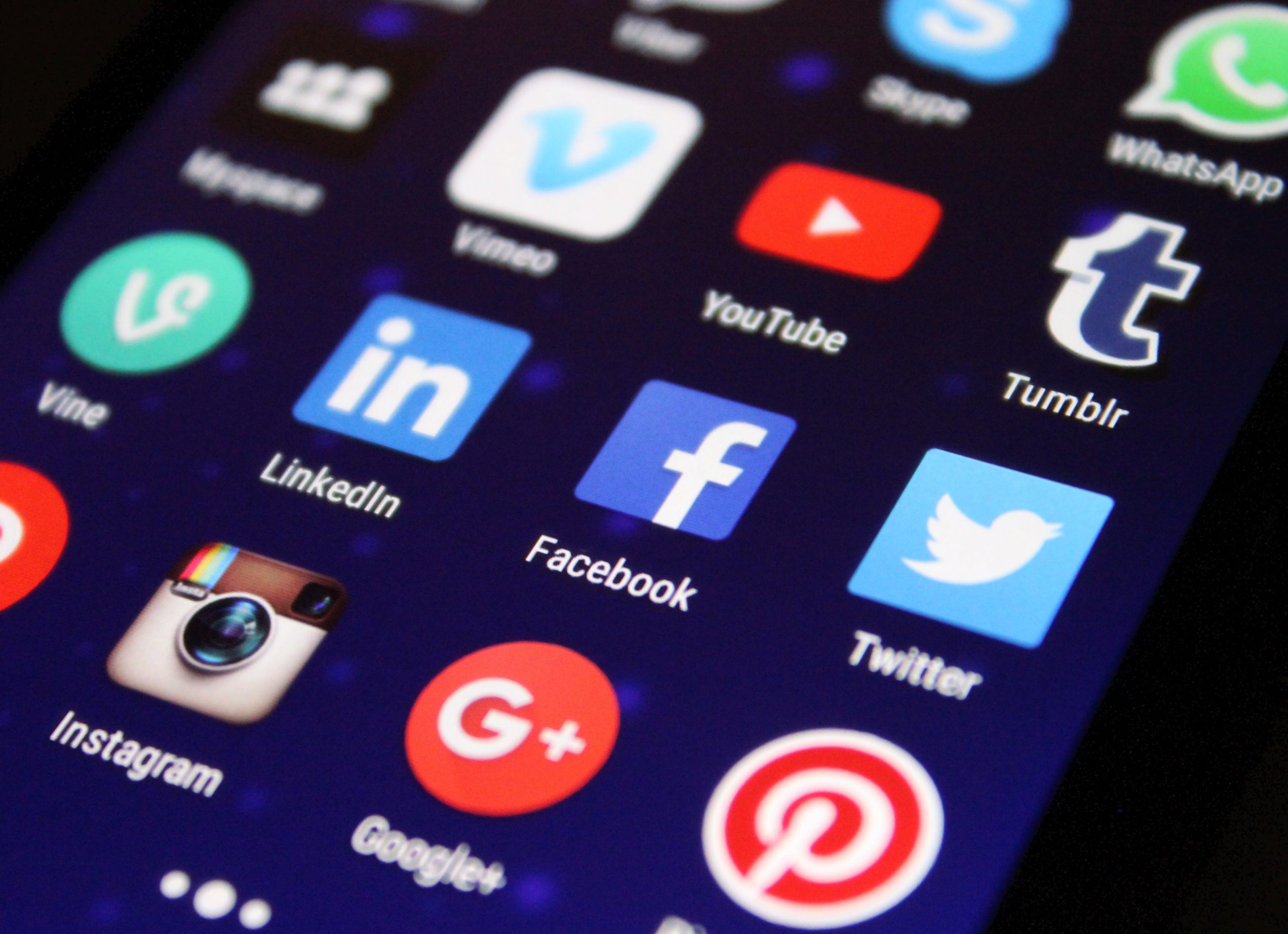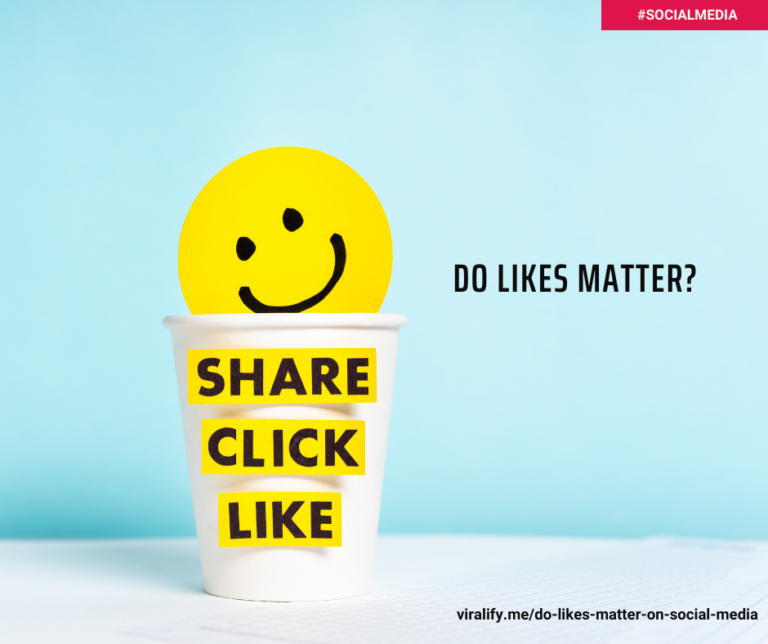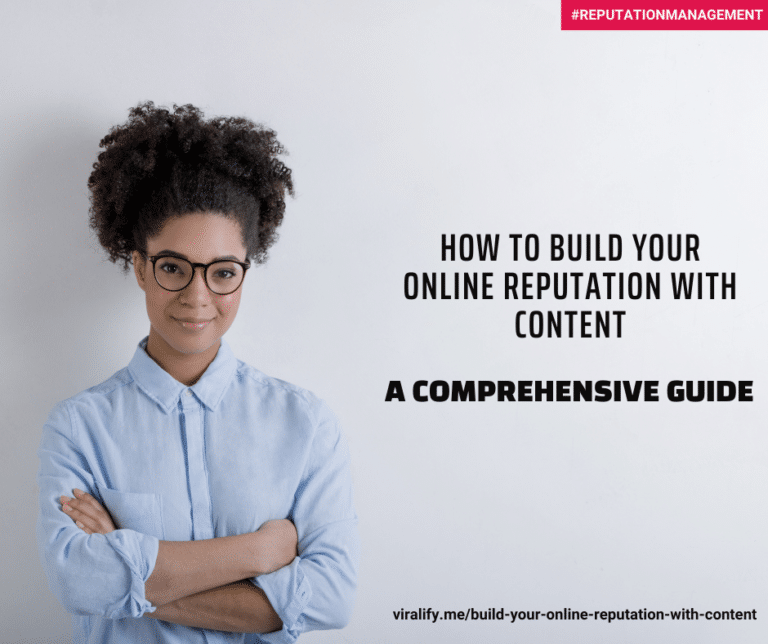The term social media has been carelessly tossed around and used too often in online marketing. But what is it really about? In essence, social media incorporates the use of online technologies and methods that allow people to share personal opinions, content as well as swap insights and perspectives with the rest of the world.
Social media content can take different shapes and forms:
- Text – often used to write or put across personal opinions or posts
- Images – photos are used to display anything of interest
- Audio – podcasts can be created to other users to download
- Video – video content can be shared to engage, entertain or educate
Among the most popular social media sites at the moment include:
- Social Networking: Facebook, LinkedIn, Twitter, Google+
- Wikis: Wikipedia
- Video Sharing: YouTube
- Photo Sharing: Instagram, Pinterest, Flickr
- News Aggregation: Digg, Reddit
- Online Gaming: World of Warcraft
Social media has paved the way to a more powerful communication channel for companies to publish their marketing messages – all without the exorbitant cost. While we all know social networks is generally used by businesses to engage their target market and study consumer preferences and behaviors, the truth is, it has other equally powerful features that you can incorporate into your marketing strategy, with highly rewarding payoff at that.
Consider Reading
https://viralify.me2019/04/21/25-social-media-tactics-to-boost-your-freelance-business/
To effectively use social media to your full advantage, it is important to take time and learn how the ecosystem works and the emerging habits of the “social consumers.” Consider each social networking site as a town and the ecosystem basically pertains to the infrastructure of that town.
Your knowledge of the ecosystem will provide you a virtual map to navigate your way around the streets and how to find the path towards connecting with your target market.According to the latest study conducted by Chadwick Martin Bailey, consumers who are both Twitter followers and Facebook fans of a certain brand will not only recommend it products or services but also buy from those brands. In the same study, consumers reveal that brands that do not engage in social media are perceived as “out of touch” and outdated.
Consider Reading
https://viralify.me2019/04/21/25-social-media-tactics-to-boost-your-freelance-business/
So the main idea here is to focus your social media efforts on the power users who command influence within their social networks. However, it is also important to note that connecting with medium and light users will also help your business earn social proof and trust.
Converting Leads to Sales: The ROI of Social Media
Like any business endeavor, you naturally want to have a fair idea on the return of your investment in social media and not simply jump right in just because it’s the popular thing.
The ROI cycle of social media can be separated into 3 stages.
Stage 1: The Launch
At this stage, 100% of your focus is on setting up accounts on the 5 Social Packs: Facebook,Twitter, Google+, LinkedIn and YouTube. While there are a number of other popular social networking sites, the 5 are considered to be the critically important ones. You simply can’t afford not to have presence on all 5 platforms.
The Launch stage is more of executional with the primary goal of getting started.
Here are the details of this stage:
- Approach: Executional
- Objectives: Social Media Presence
- Focus: Short-Term
- Results: Negligible
At this point, you won’t be able to expect any significant impact or derive results.
Stage 2: Management
At this stage, about 60% of your company’s efforts will be focused on developing the 5 social media sites. About 10% of the focus is directed towards the creative and brand offer and 20% on setting up quantitative metrics like inbound links, traffic, Facebook “likes,” etc. The remaining 10% will be focused on qualitative metrics such as survey results, pools and studying brand sentiment.
- Approach: Tactical
- Objectives: Customer Engagement
- Focus: Mid-Term
- Results: Increase in Traffic
Stage 3: Optimization
During the Optimization stage, 25% of the focus is on gaining more leverage on all 5 social media platforms, and 30% will be distributed to creative and brand offer development, as well as the quantitative and qualitative metrics. The other 25% of the focus will be directed to improving the conversion rate and the optimization of campaigns. The remaining 20% will be used to measure success of the campaign which will be the basis of your ROI.
- Approach: Strategic
- Objectives: Social Media ROI
- Focus: Long-Term
- Results: Increase in Revenue
Despite what many social experts claim that ROI of social media cannot be measured,there is actually a way to measure it. This process will require a better understanding of your customer lifetime value (CLV) or the average revenue generated by a customer during their entire engagement period with your products and services. This figure will be used to compare the results that have been generated on your campaign in social media.
For example:
If a typical customer spends about $10 every month on a particular product and has been a loyal patron of a certain brand for about 3 years, this equates to the average customer lifetime value of $360.00.Most companies are willing to spend about 10% of their CLV for the acquisition of new customers. This means, they are willing to spend $36 to acquire a new customer who is expected to spend $360 all throughout her engagement with the brand.
So if your social media efforts will cost you $36, 000 for one full year, and your campaign will be able to generate 1, 000 new customers every year, then you definitely have a clear winner in your hands.
Social Media is all About Building Relationships
As more and more companies and brands readily include their product offers in the social media experience, a growing number of consumers have grown increasingly comfortable with the idea of social commerce.
Given the promising potential of social media, it is important to have a flexible marketing strategy in place that can grow and adjust with the ever changing trend. By taking time to develop processes from both the corporate and the individual standpoint, you will be able to sustain healthy social engagement activities over time. You can do this by building communities and relationships by listening, responding and creating value.















